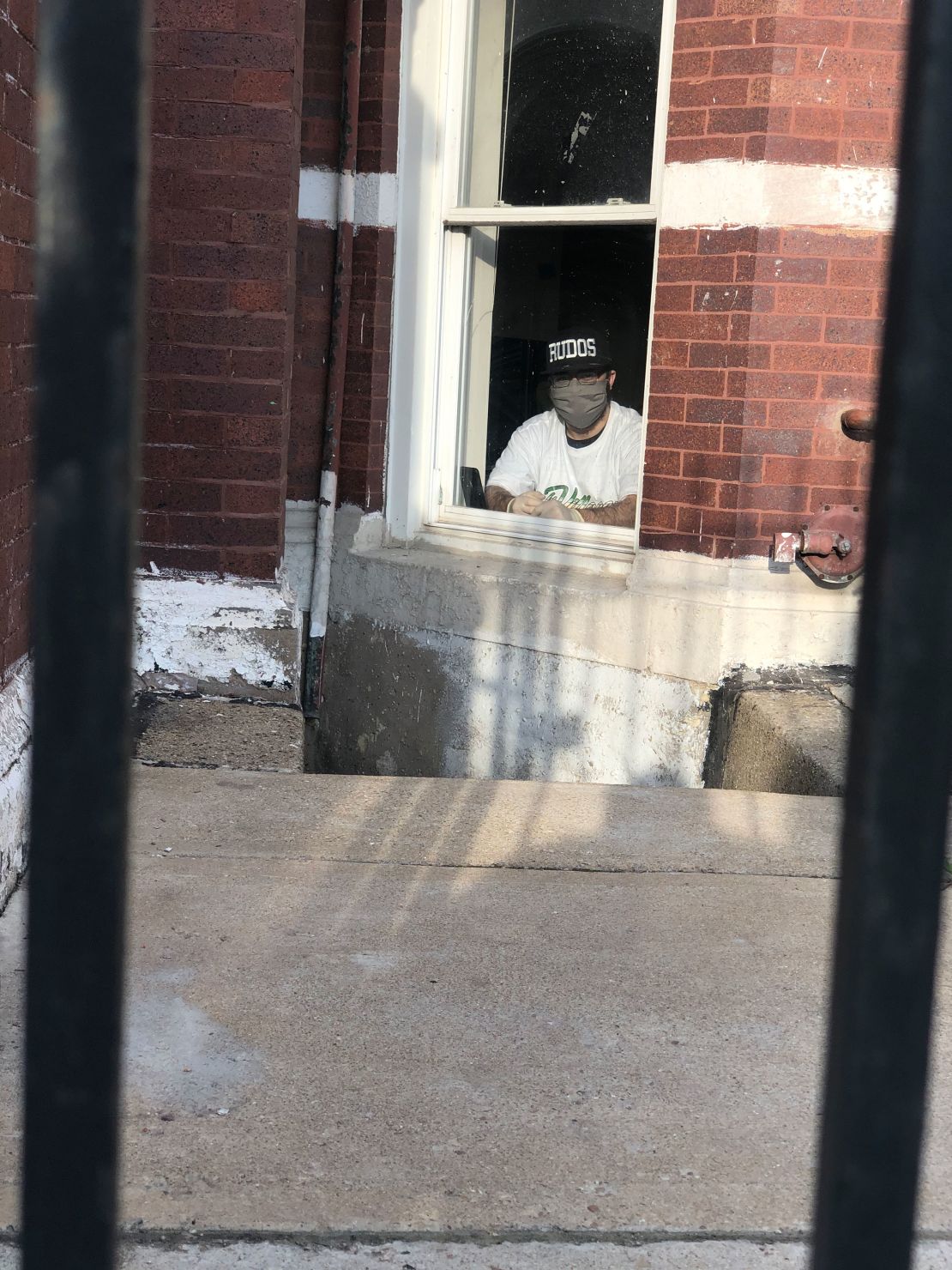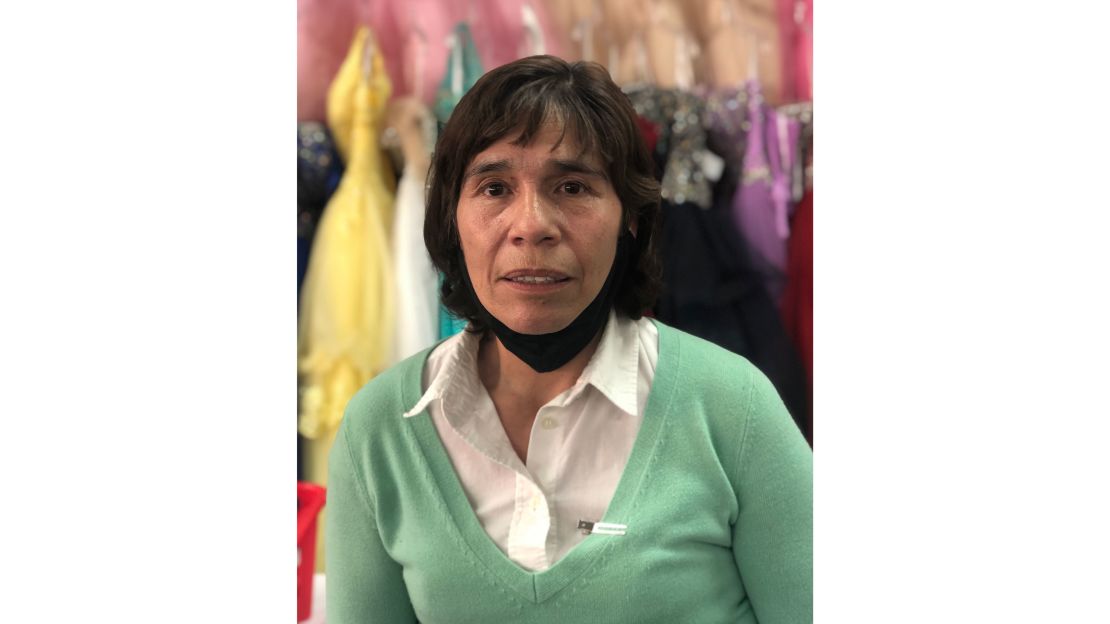In Chicago’s Little Village neighborhood, located in the Illinois zip code hardest hit by the coronavirus, most residents are Hispanic.
Amid a surge in cases, Latinos in Chicago represent nearly 39% of confirmed coronavirus cases, despite making up nearly 30% of the population. Four weeks ago, the percentage of confirmed cases among Latino residents was just 14%.
Alex “Demo” Ramirez is among those cases, testing positive for coronavirus on May 1.
“I started moving around and I could not breathe,” said Ramirez, speaking to CNN through the window of his basement apartment.

The 28-year-old says he doesn’t think people were taking the pandemic seriously enough in the beginning. But he also doesn’t know many people who are able to stay home from work.
“A lot of people don’t have that benefit,” said Ramirez. “That’s an actual benefit, being able to stay home for two weeks and not have to work.”
For those who have to commute to work, testing is likely their strongest defense. One neighborhood testing site run by Chicago community organization Project Vida alongside Howard Brown health, performs roughly 120 tests daily. The testing site has seen such demand since the beginning that at times they have had to turn people away due to simply a lack of human resources, a lack of time, or even exhaustion.
When they first opened three weeks ago, Project Vida Executive Director Jerome Montgomery said they had a 47% positivity rate among those tested and only about a third of those individuals showed symptoms.
“Since then, our positivity rate has come up to 57.21%,” said Montgomery.
“Things don’t seem to be slowing down. If anything it’s ramping up. The pandemic may be new, but the crises and the disproportionate resources in the community is not.”
‘Dying at a higher rate’
Chicago’s high coronavirus infection rate among Latinos mirrors a trend seen in cities across the country.
In California, Latinos represent 70% of all coronavirus related deaths within the demographic of those 18 to 49-years-old, despite making up just 43% of the population, according to data from the California Department of Public Health.
“That’s the occupational side of this – a disproportionate number of black and brown communities are not teleworking or not home working. They’re right on the front lines,” said California Gov. Gavin Newsom, during one of his daily coronavirus updates.
In New York City, Hispanics are dying at rates more than 50% higher than their white counterparts, and more than twice the rate of Asians, according to the New York City Health Department.
“We are dying at a higher rate because we have no other choice,” said Frankie Miranda, president of the Hispanic Federation, a national Latino organization that supports Hispanic families and communities. “These are the delivery food people, the people that are the day workers, the farm workers, these are people that are working in restaurants. They are essential services, and now they are not enjoying the protections that maybe in other industries people can have.”
‘This pushes you to do things that you never did before’
In just a few months, Covid-19’s economic toll has left lifelong scars. With unemployment in the United States soaring to levels not seen since the Great Depression, Hispanic unemployment sits at nearly 19%, an all time high and higher than any other demographic.
“We’re struggling,” said Patty Navarro, manager of Novias Davila, a Little Village bridal boutique. With proms and weddings on hold until further notice, Navarro has shifted to making masks. She says her store initially donated over 10,000 of them, but now she sells them for $5 each.

“This pushes you to do things that you never did before,” said Navarro. “It’s not easy.”
Michael Rodriguez, alderman for Chicago’s Ward 22, which includes Little Village, agrees that the community faces unprecedented challenges.
“We’ve got a lot of work to do,” he said. “Little Village is filled with working class individuals, people who are essential to our economy, people who are the backbone of Chicago’s economy. And the fact is, they’re forced to go to work.”
It’s a reality playing out across the country, and one hat has likely contributed to infections and potentially even deaths, health experts have said.
“People are losing people out here,” said Ramirez, wearing a mask and gloves at home, while still recovering from his coronavirus hospitalization.
He said, “You’ve gotta take it as serious as you take your own life.”




